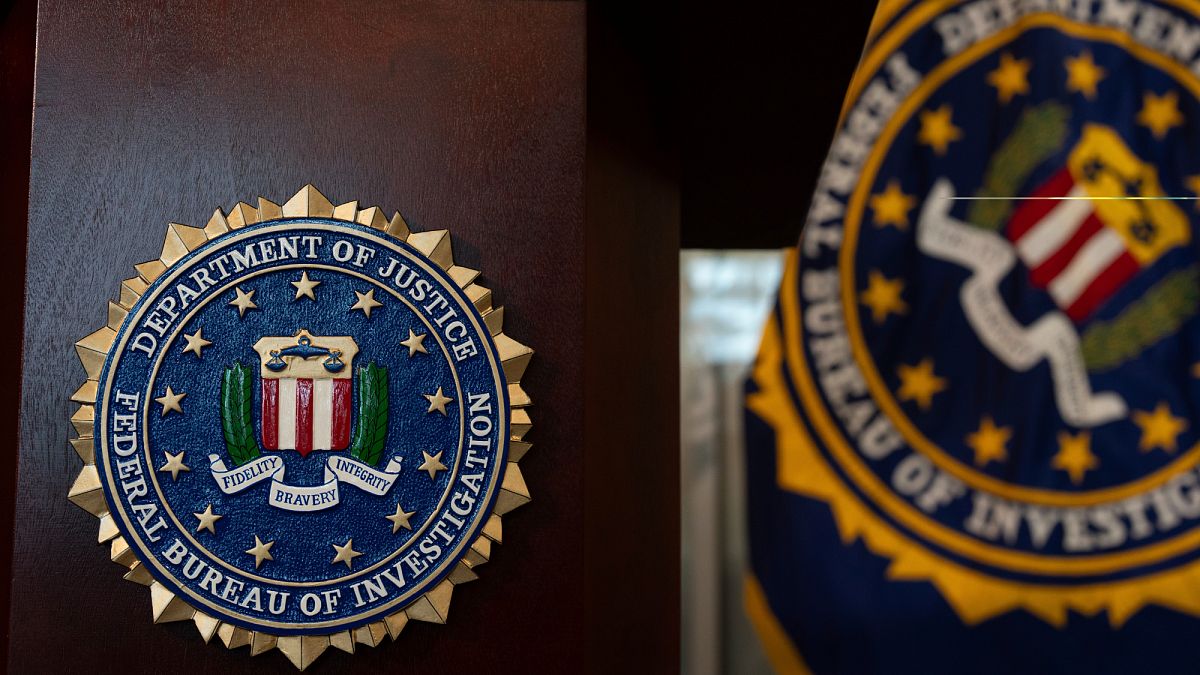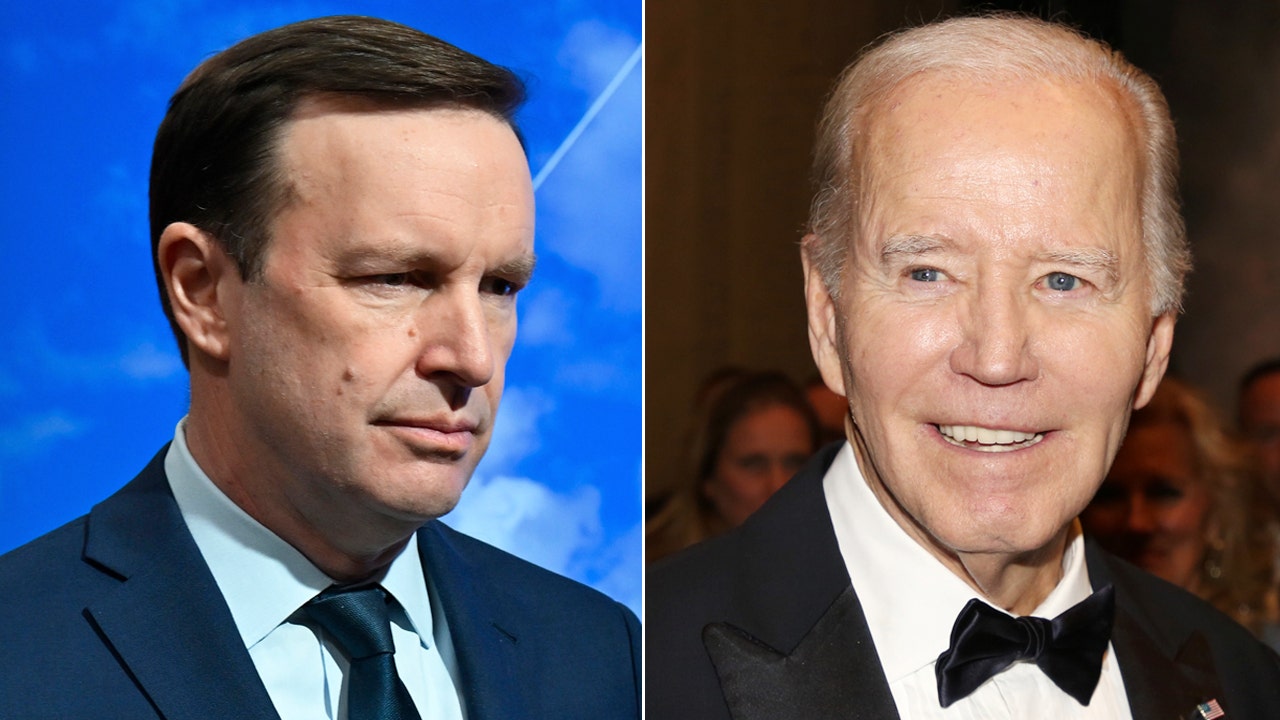Exercise is essential for many reasons, but particularly when it comes to burning calories.
The top calorie-burning exercise has been revealed. Engaging in physical activities that burn calories is essential for weight management, heart health, and overall wellness. They promote weight loss by creating a calorie deficit, reduce the risk of chronic diseases, and enhance physical and mental health.
The United States has an estimated 64.19 million gym memberships, the most of any country. California has the most health and fitness gyms in the U.S. with 5,123, while Wyoming has the least health and fitness gyms in the U.S. with 81, according to Gymdesk.
Whether you’re a gym newbie or a seasoned pro, figuring out the most effective workouts can be challenging. To help, weight loss experts at ZAVA have unveiled the exercises that burn the most calories, reports Surrey Live.
Exercises that burn the most calories
Rank
Exercise
Calories (Kcal) burned per 10 min (Male)
Calories (Kcal) burned per 10 min (Female)
1
Running curved treadmill, 7.0 to 7.9 mph
184
155
=2
Skipping
168
142
=2
Rowing – stationary
168
142
=2
Shuttle running
168
142
=2
High-intensity interval exercises (HIIT)
168
142
3
Bicycling – stationary
165
139
=4
Ski ergometer
161
135
=4
Slide board exercise
161
135
5
Kettlebell swings
150
126
6
Therapeutic exercise ball, Fitball exercise
145
122
=7
Stair climber
142
120
=7
Boxing, simulated boxing round, exercise
142
120
=8
Elliptical trainer
138
116
=8
Jumping rope – Digi-Jump Machine
138
116
=8
Impulse Training System
138
116
9
Pound
130
109
10
Aerobic dance
122
103
The fitness gurus at ZAVA have crunched the numbers and found that running on a curved treadmill at 7-7.9mph is the top calorie-burning exercise, torching 184 calories for men and 155 for women in just 10 minutes. This speed hits the ‘sweet spot’, as slowing down to 4-4.9mph can decrease the calorie burn by an average of 77.
It might come as a surprise, but curved treadmills outperform flat treadmills in terms of benefits. The key lies in their self-powered design, which simulates a more natural running experience, boosts calorie burn, and more effectively engages muscles like glutes, hamstrings, and calves while being gentler on the joints.
Sharing the second spot with a burn rate of 168 calories for men and 142 for women in 10 minutes are skipping, shuttle running, high-intensity interval training (HIIT), and rowing on a machine. Jump rope workouts are a fantastic way to incinerate calories with minimal gear, and you can easily do them at home with just a rope – 168 calories gone in 10 minutes for men and 142 for women.
With this adaptable exercise, you can get your heart racing, build muscle and strength, boost endurance, and even improve balance and coordination. Jumping rope is a fantastic workout for all ages and has been proven to enhance bone density. A 2015 study involving women aged 25-50 found that those who jumped rope twice daily saw significant improvements in hip bone density after just eight weeks.
Rowing is another calorie-burning powerhouse, torching 168 calories in 10 minutes for men and 142 for women. This full-body workout enhances heart health, endurance, muscle strength, and can even correct posture.
High-intensity interval training (HIIT) burns an equivalent amount of calories. This regimen involves short bursts of intense exercise and can be performed solo or in classes, featuring moves like burpees, mountain climbers, and squat jumps.
Research shows that HIIT workouts elevate your metabolic rate post-exercise. They also increase your VO2 max – the maximum volume of oxygen your body can utilize during exercise, which is a reliable measure of aerobic capacity.
Shuttle runs are equally effective, burning 168 calories in 10 minutes for men and 142 for women. Popular among athletes and fitness enthusiasts, shuttle runs enhance acceleration, deceleration, speed, and aerobic health. The 20m shuttle run, also known as the beep test, is often used to assess physical fitness for demanding jobs, serving as an indicator of VO2 max.
While yoga and Pilates are fan favorites, they’re not the top calorie burners. In 10 minutes, men burn 35 and 43 calories, respectively, and women shed 30 and 36. Despite their lower calorie-burning stats, these workouts are cherished for their ability to enhance core strength, flexibility, and mental well-being.
Remember, what works for one may not work for another. If you have any fitness-related queries, don’t hesitate to consult your doctor.

































